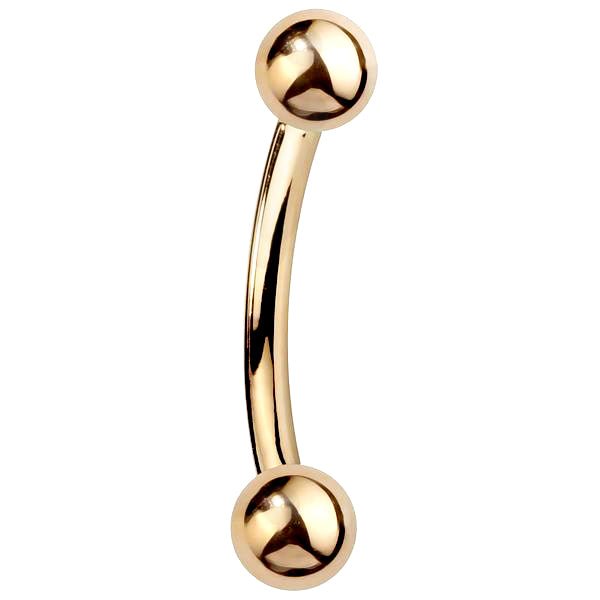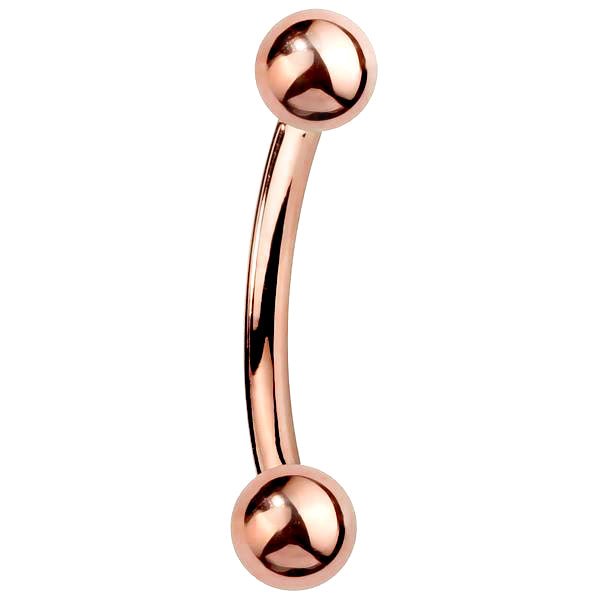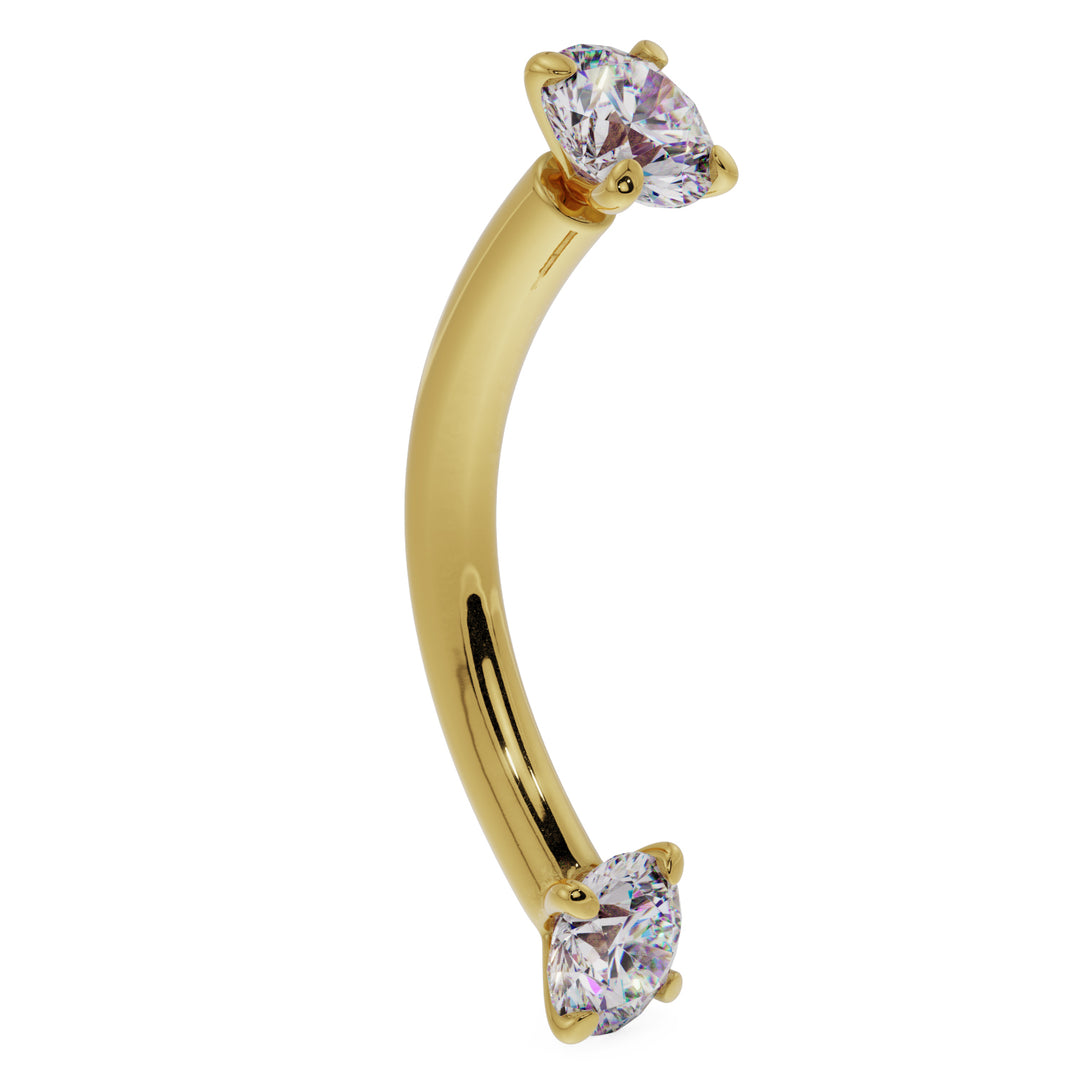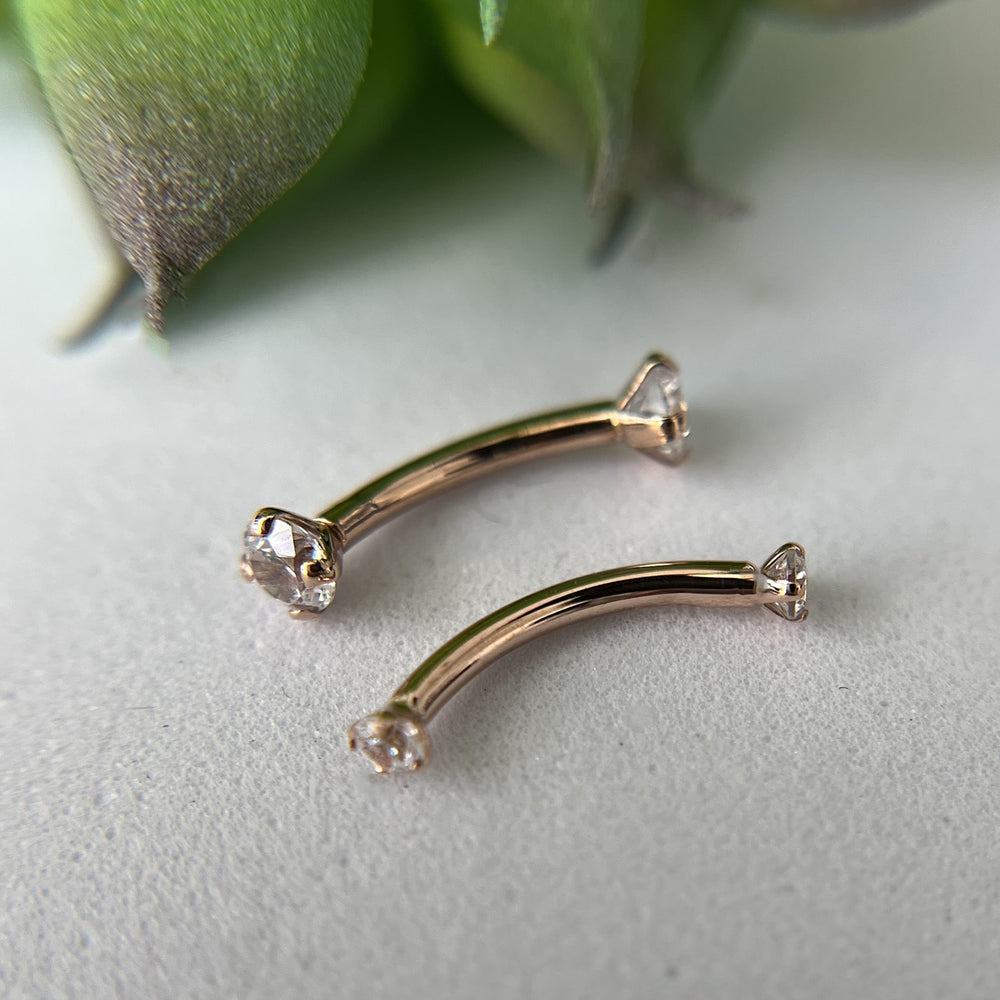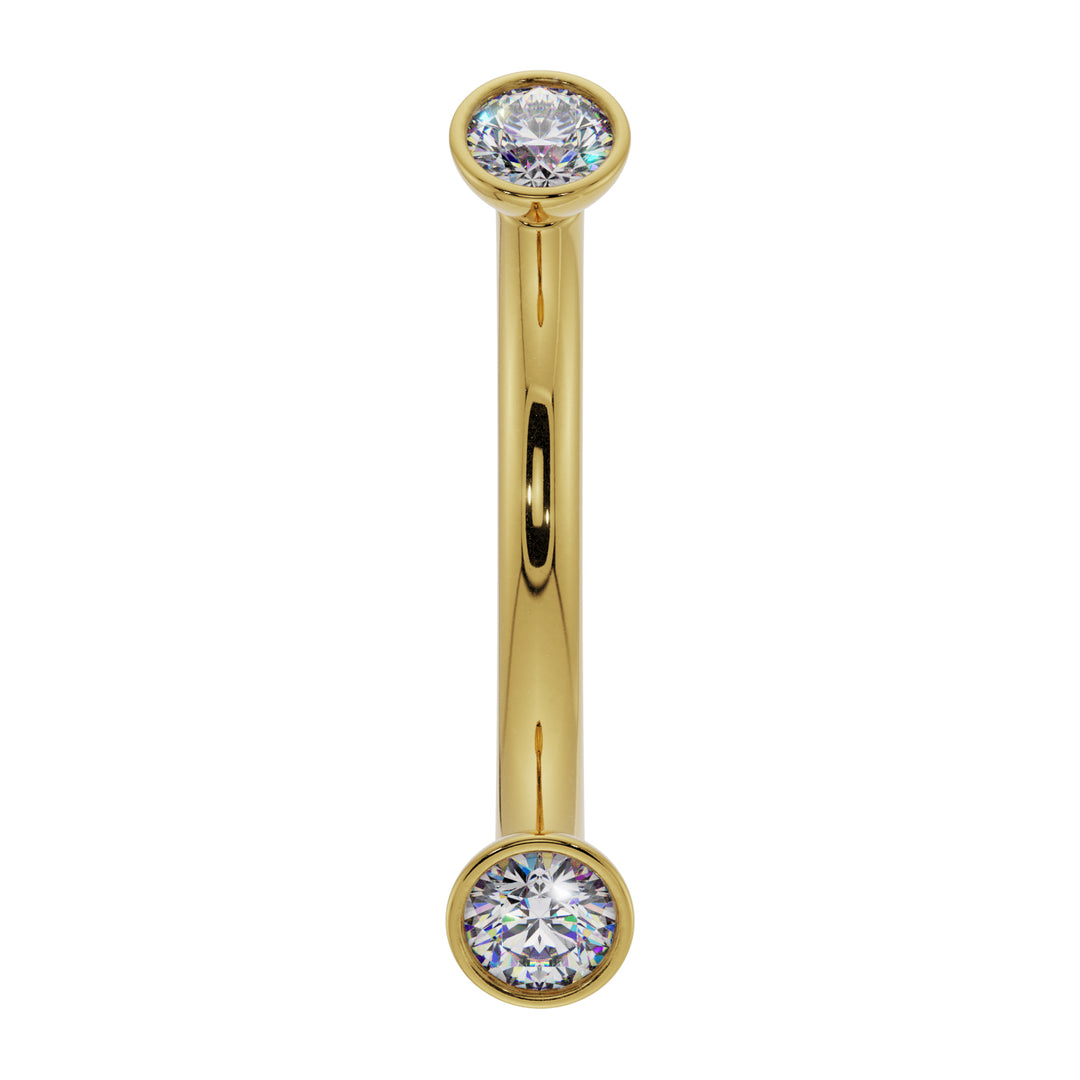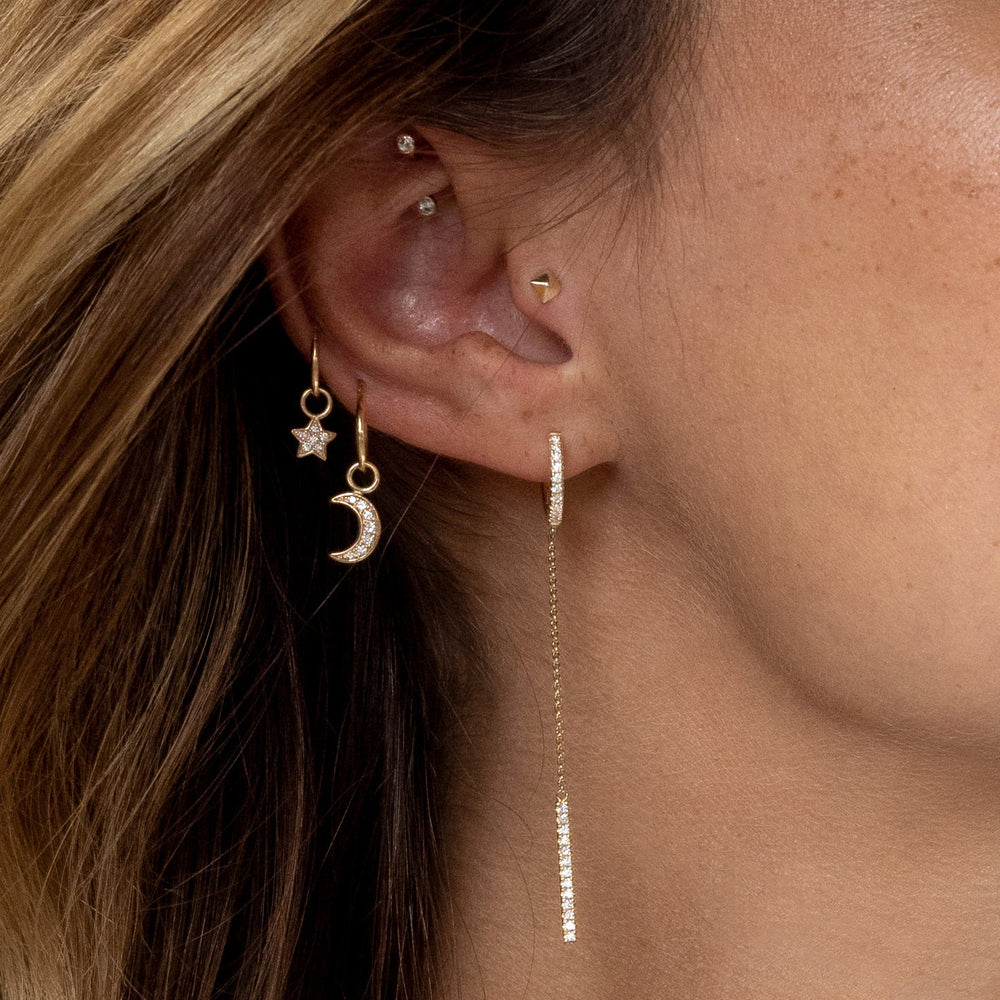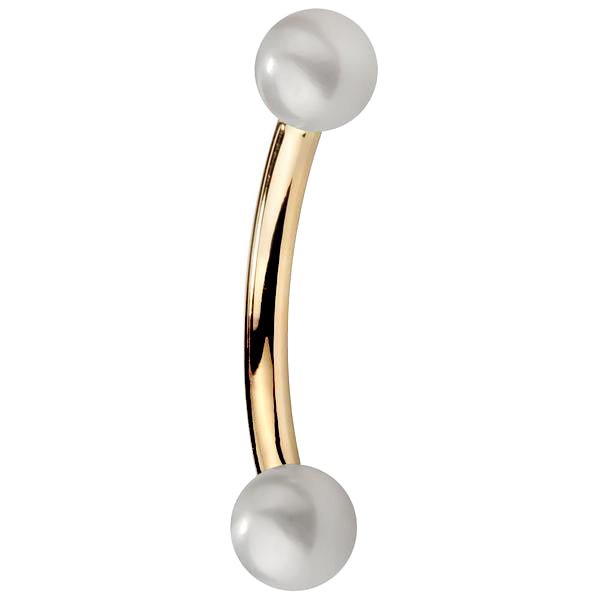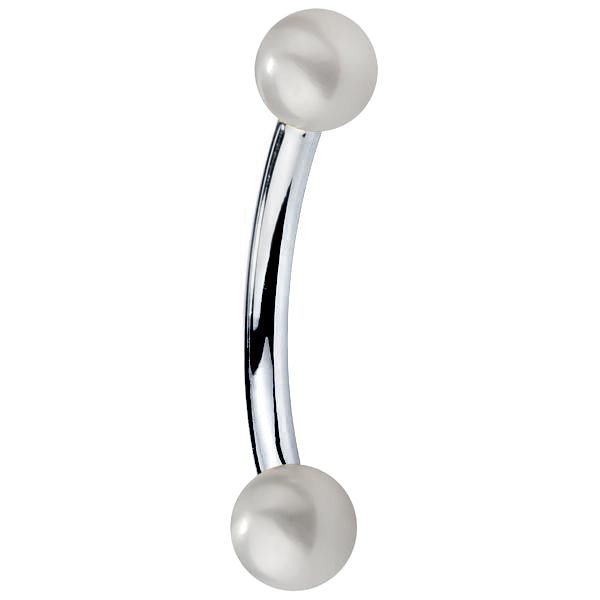The Christina Piercing: Everything You Need To Know
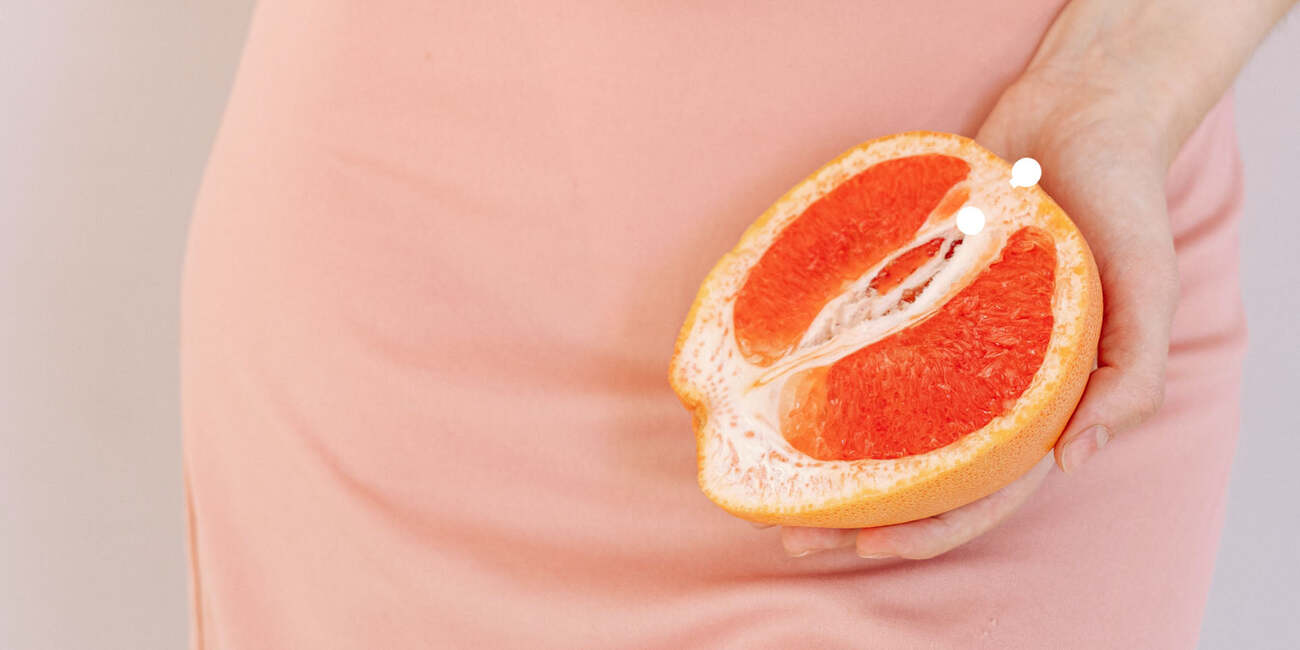

The epitome of sexy fashion, genital piercings allow you to celebrate yourself and your body. We adore them for this reason; what better way to recognize your inner and outer beauty than by decorating your most intimate areas?
Not all genital piercings are meant to increase sexual pleasure. Some, like the Christina piercing, are intended to decorate the area (which adds its own excitement to bedroom endeavors).
What Is The Christina Piercing?
The Christina piercing is a purely decorative vertical surface piercing located at the top of the vulva where the labia meet. Due to its location, the Christina piercing requires different considerations than other genital piercings. In fact, some piercers don’t consider it a genital piercing at all.
Here’s what you need to know about the Christina piercing before you get pierced
Christina Piercing Pain And Healing Time
The Christina piercing is more of a surface piercing than an actual genital piercing. As such, you’ll feel a similar pinch to any other surface piercing, which most find to be very slight. Of course, the amount of pain you feel will depend upon your personal pain tolerance and the expertise of the piercer.
Unlike other female genital piercings, the Christina piercing takes significant time to heal. You can expect to spend at least 6 - 9 months on healing, maybe more. This piercing is prone to migration and rejection, so it’s important that you have a piercer confirm that you’ve completely healed before stopping aftercare practices or changing the jewelry.
Christina Piercing Aftercare
Like any other piercing, you will need to clean your Christina piercing 2 - 3 times daily with a piercing aftercare saline solution. Piercing professionals no longer recommend that you mix your own saline at home. It’s easy to get the ratio wrong leading to irritation from too much salt or poor cleaning from too much water. Instead, invest in a sterile packaged saline solution made specifically for piercing aftercare.
Be sure to carefully read the ingredients when choosing your piercing aftercare solution. Some contain additives, like tea tree oil, that will actually irritate the piercing. It should only contain salt and water for safe use.
To clean, spray a qtip or folded paper towel with saline solution, and gently clean around the entry and exit holes without moving the jewelry. Dab away any crusties or other buildup. Do not pick at these; it could cause trauma and irritation to the delicate healing skin.
Due to its location, its proclivity toward rejection, and its long healing time, there are certain things you need to pay attention to while healing your Christina piercing.
Bring a pad for after you’re pierced. Although getting the Christina piercing doesn’t hurt too much, this area tends to bleed quite a bit. Bring a pad or two to your appointment, and be sure to place the pad a little further forward in your underwear than you usually would in order to absorb the bleeding.
Wax or shave before your appointment. You will need to be trimmed for this piercing. If you’re unable to prepare, your piercer will trim your hair for you, but you may be more comfortable taking care of this step yourself.
Keep the piercing as dry as possible. Certain piercing bumps and other complications arise because of dampness. To avoid these complications, keep your piercing dry by avoiding standing water (like baths and swimming pools), immediately drying your piercing after leaving the shower (we recommend using the cool setting on your hair dryer to avoid moving the jewelry), and rinsing and drying the area when you get sweaty (like after a workout).
Wear proper underwear. To keep the jewelry still and for your own comfort, you should wear clean, tight cotton panties for the duration of healing. These will keep your jewelry in place, they won’t snag the jewelry like lacy panties might, and they’ll be comfortable.
Be careful when you sit or exercise. As your Christina piercing heals, you’ll need to keep the jewelry as still as possible. Due to the location of the piercing, this may be difficult. Be mindful of your jewelry, especially when you sit down or are particularly active.
Avoid frontal sexual contact as the piercing heals. As mentioned previously, the Christina piercing sees a lot of migration and rejection. To give your piercing the best chance of survival, it needs to stay still during healing. This means avoiding frontal sexual contact (like missionary style) for the entire healing period (around 6 - 9 months). It’s also important to keep in mind that some people still feel some discomfort in a healed Christina piercing from sexual activity that causes friction in that area. Before you get pierced, consider your bedroom preferences and whether the Christina piercing would affect them.
FreshTrends Tip
You will need to clean your Christina piercing 2 - 3 times daily with a piercing aftercare saline solution.
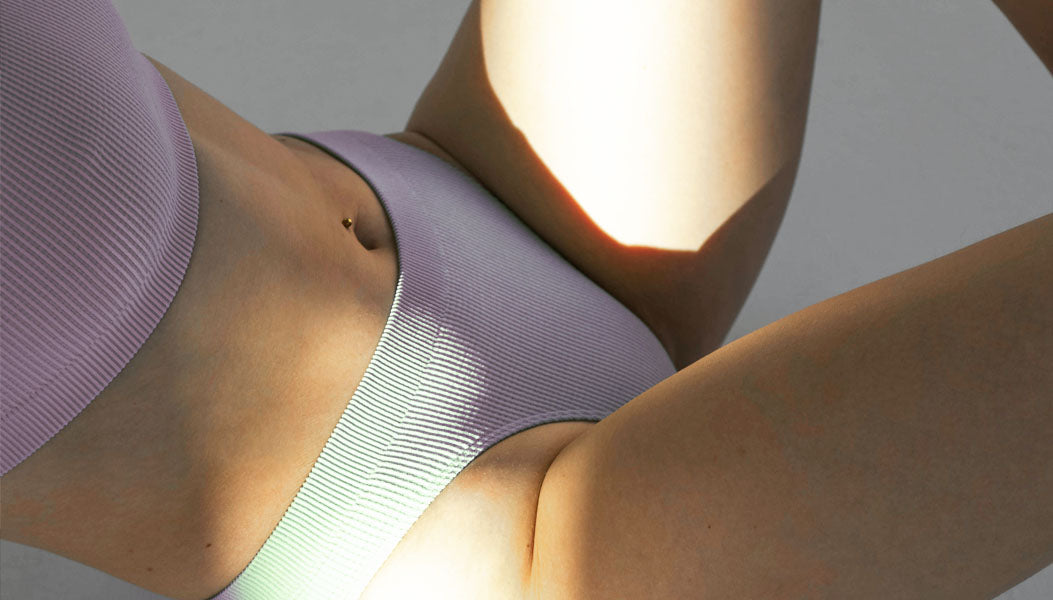

Piercing Side Effects
Like all piercings, there are some possible side effects of getting the Christina piercing. For the most part, these side effects aren’t permanent, and they can be avoided through proper aftercare practices. However, it’s important to be aware of them and their signs so that you can seek proper treatment as soon as they arise.
Piercing rejection is a big risk for any surface piercing, but it’s fairly common with the Christina piercing. It typically occurs due to trauma to the piercing site from snagged jewelry or jewelry that’s moved too often. Poor piercing placement may also cause it. To avoid Christina piercing rejection, choose a reputable piercer who has plenty of experience with this particular piercing type. You should also do your best to keep the jewelry as still as possible throughout the healing period, including during sex. Signs of piercing rejection include jewelry that’s noticeably moved, red or flaky skin around the piercing site, and enlarged piercing holes. If you think you’re experiencing piercing rejection, talk to your piercer about your options.
Piercing infections are a commonly discussed piercing side effect, but they’re less common than you might think. As long as you clean your piercing daily, you shouldn’t see an infection. However, they can be serious, so it’s important that you know the signs. Your Christina piercing might be infected if you see inordinate swelling and/or bleeding, green or yellow discharge, a feverish feeling around the piercing site, or intense pain. If you suspect that you have a piercing infection, visit a medical professional immediately.
Piercing bumps are bumps of various sizes that appear around the piercing site. They arise for a number of reasons depending on the type of bump that you have. The three most common bumps are pustules (pimple-like bumps), irritation bumps (rash-like bumps), and hypertrophic scarring (small, red bumps). If a piercing bump should appear, have your piercer take a look so that they can discuss treatment options.
Christina Piercing Cost
You can expect to pay around $100 in the US. However, as you shop for a piercer, price should be the last consideration. This piercing sees a lot of rejection, and it’s likely that you will see some lasting marks if your piercing does reject or migrate. You need to visit a piercer who will be able to conduct the piercing properly, which may mean forking over the big bucks for a beautifully conducted piercing.
How To Change A Christina Piercing
Because of the location of the Christina piercing, it will be easier to change on your own than other genital piercing styles. However, like all surface piercings, the long piercing tunnel can pose a challenge.
To change your Christina piercing, simply unscrew the ball end of your curved barbell or surface barbell, slip the barbell into the piercing, and securely screw the ball end back in. When tightening the ball end, make sure that it’s secure without being too tight so that you don’t strip the threading.
If you struggle to change your jewelry, try using a taper to help string the jewelry through. If you still struggle with the jewelry, visit your piercer. They’ll either change the jewelry for you or provide guidance so that you can learn to change the jewelry on your own.
Christina Piercing Jewelry Styles And Materials
The Christina piercing accepts surface barbells or curved barbells, depending upon your anatomy. Your piercer will let you know the proper type of jewelry to wear. Because this piercing type is so prone to rejection, the shape of your jewelry is important. You might even need to have a custom barbell made to fit your shape. Don’t worry; that doesn’t mean that you have to stick with one piercing look. You can buy separate ball ends to decorate your custom barbell to decorate your Christina piercing as the mood fits.
The initial jewelry style is usually a surface bar or flexible, plastic barbell. These move better with your body, placing less stress upon the healing piercing. Once the piercing has healed, you can change to metal options, like 14k gold.
If you’d like to add a little decorative flair to the bedroom, then the Christina piercing may be what you’re looking for. However, you should not get a Christina piercing on a whim. Make sure that you find a reputable piercer, consider your bedroom preferences, and whether you’re okay with a lasting mark before you get this piercing.
